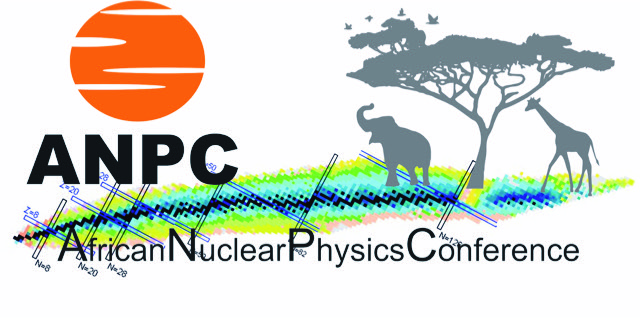Speaker
Description
The structure of $^{33}$Si and $^{35}$S was studied by one-neutron knockout reactions from $^{36}$S and $^{34}$Si beams at 88 MeV/u incident on a $^{9}$Be target. The prompt $\gamma$-rays following the de-excitation of $^{33}$Si and $^{35}$S were detected using the GRETINA $\gamma$-ray tracking array while the reaction residues were identified on an event-by-event basis in the focal plane of the S800 spectrometer at NSCL (National Superconducting Cyclotron Laboratory). The -1n reaction makes it possible to probe the neutron Fermi surface and its evolution between $^{34}$Si and $^{36}$S to see which of the nuclei $^{34}$Si, $^{36}$S or $^{40}$Ca has the most (doubly) magic behaviour. The study of $^{40}$Ca was performed previously using direct kinematics and it was observed that $^{40}$Ca has a lot of ground state correlations. A previous $^{34}$Si(-1n) knockout experiment was performed which could account for only three states in $^{33}$Si due to limited statistics. The current experiment addresses limitations of the previous $^{34}$Si(-1n) knockout experiment by observing and accounting for seven transitions. A level scheme has been built up to 5.5 MeV using the analysis of $\gamma\gamma$ coincidences. In addition parallel momentum distributions have been constructed and compared with theoretical predictions enabling orbital angular momentum assignments to each state. Spectroscopic factors obtained in this work are in good agreement with those from the previous $^{34}$Si(-1n) reaction. In this presentation, I will show the latest results from these N=20 nuclei $^{33}$Si ,$^{35}$S and compare to previous work and elaborate on future planned measurements at iThemba LABS.
This work is supported by the National Research Foundation of South Africa (NRF).

